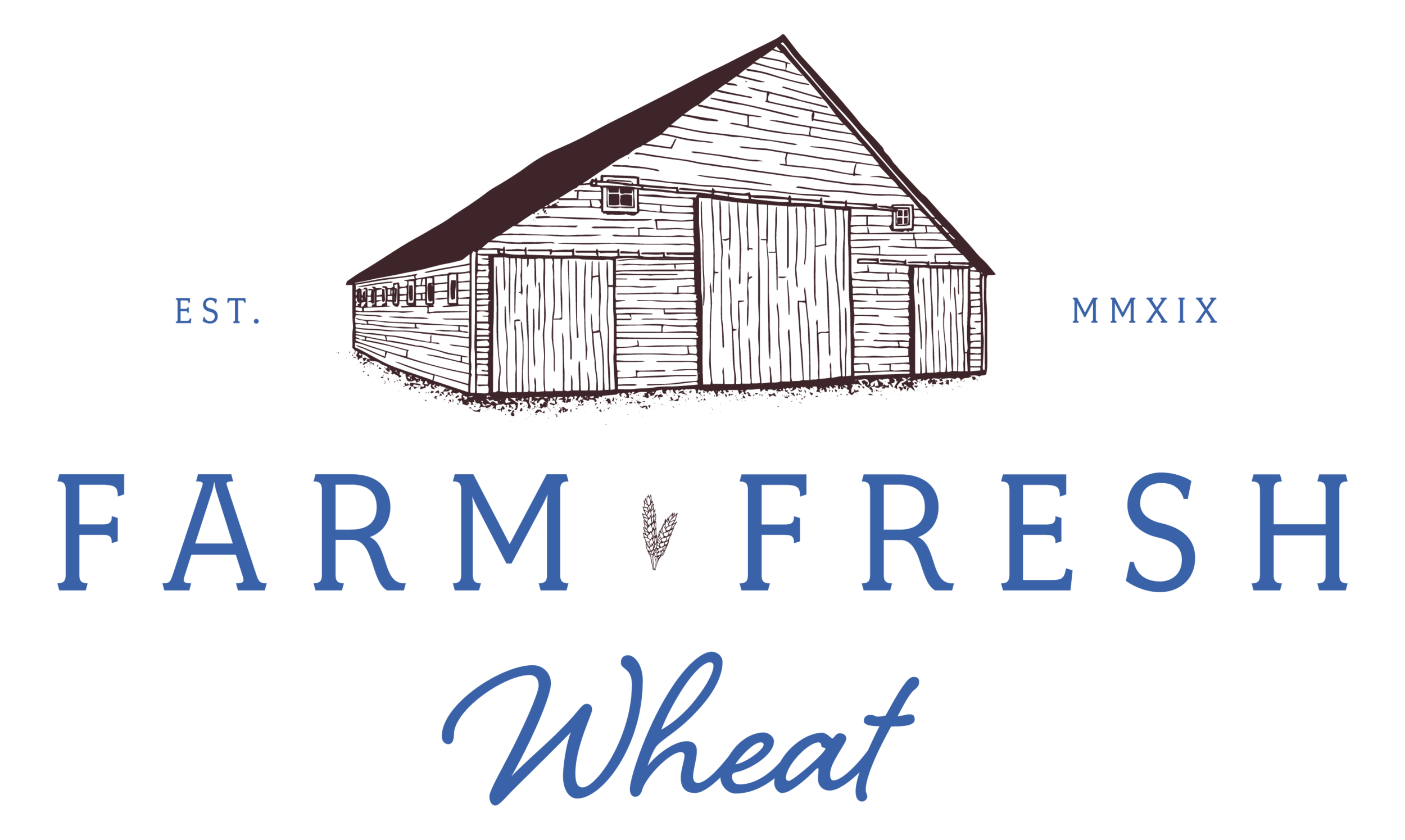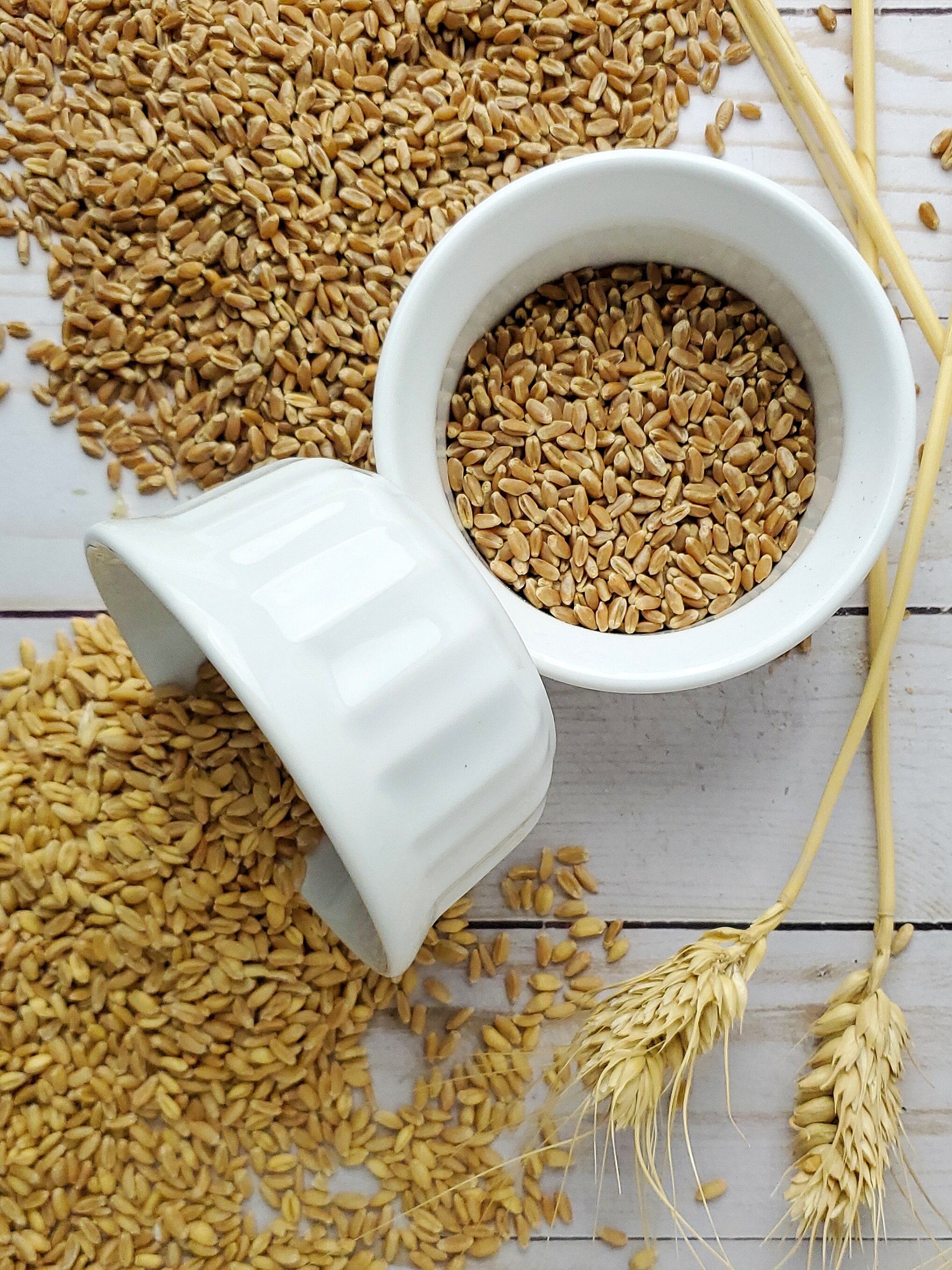How to Choose Ancient Grains
Hi Friend,
Are you confused by all the different types of wheat berries for sale? Needless to say, it can be overwhelming when you start milling.
Insider Tip: Before you start shopping, it is important to think about what you are planning on baking. Do your recipes call for yeast? Do they call for baking powder or baking soda? Knowing this will help narrow down your wheat berry choices.
Hard red and soft white wheat berries.
When you first start milling, I recommend starting with your standard wheat berry types: hard red, hard white, soft red, and soft white. Because these wheat berries create flour with similar baking properties to store-bought whole wheat flour, the learning curve may not be as steep. To learn how to choose from standard wheat berries, read our blog on How to Choose Wheat Berries.
How to Choose Ancient Grains:
According to the Whole Grains Council, there is “no official definition of ancient grains”. All grains can be traced to the beginning of humans cultivating crops for food. The Whole Grains Council loosely defines ancient grains as grains that “are largely unchanged over several hundred years”. Notice the word largely. These grains will still change from year to year due to the natural breeding process. However, the focus when selecting seed for these grains is to remain as true as possible to the original, while other varieties of wheat seed may (not always) be selected for certain traits like drought tolerance, size of wheat berries, or a natural disease resistance.
Are Ancient Grains Healthier?
Not necessarily. Each grain has its own “strength” and “weakness” when it comes to nutrition. The Whole Grain Council recommends a varied diet with many different types of unrefined grains so you can reap the unique nutritional benefits of each.
The Common Ancient Grains:
This is by no means an exhaustive list, but instead the wheat varieties I hear about most in the world of home-milling.
Einkorn
Einkorn flour has a sweet and nutty flavor. It also has a lower potential to form gluten, so this grain works well in quick breads like muffins, pancakes, and other non-yeast recipes. This grain does absorb moisture slowly, so you want to leave the batter a little wet and give it some resting time.
Emmer (Farro)
Emmer flour tastes sweet and mild. It also has a lower potential to form gluten, so this grain works well in quick breads like cakes, cookies, and other non-yeast recipes. If you want to create yeast bread from emmer flour, Sue Becker in “The Essential Home-Ground Flour Book” recommends a sponge method or mixing emmer flour with hard red or hard white wheat flour.
Kamut
Kamut flour’s flavor is rich and buttery, and this flour works well for both yeast and non-yeast recipes. The gluten structure may cause yeast breads to be slightly denser, so you may want to increase the liquids in your recipe a just little.
Spelt
The flavor of spelt flour is rich yet mild. Spelt is unique from standard wheat berries in that it works well for both yeast and non-yeast recipes. This is due having enough protein to create gluten structure for yeast breads, while still being moist enough for quick breads. You may need to increase the amount of spelt in your recipe ¼ cup for every cup of wheat flour. Also, give your dough or batter time to rest before baking.
I hope this helps as you get started milling!
Best,
The Sieverkropps

